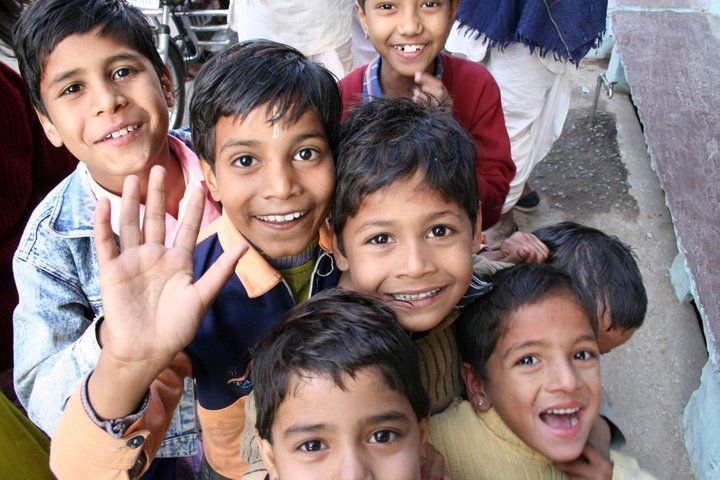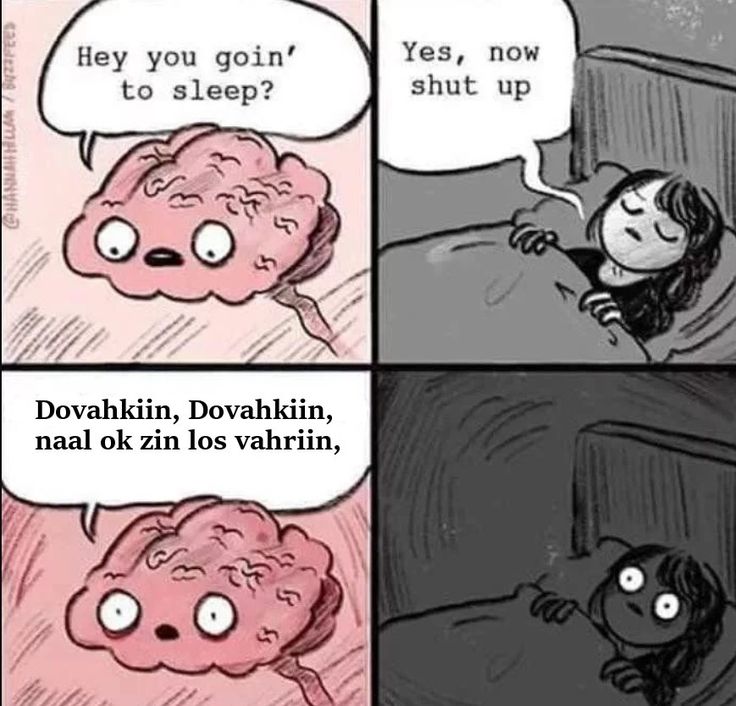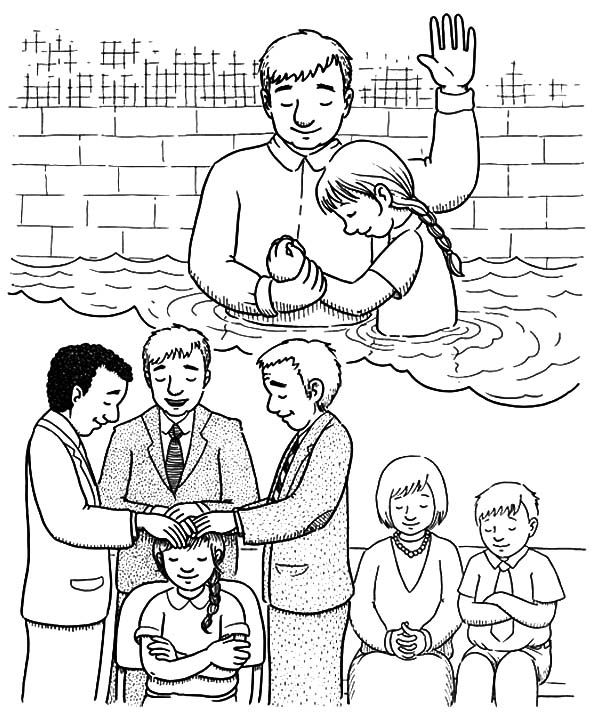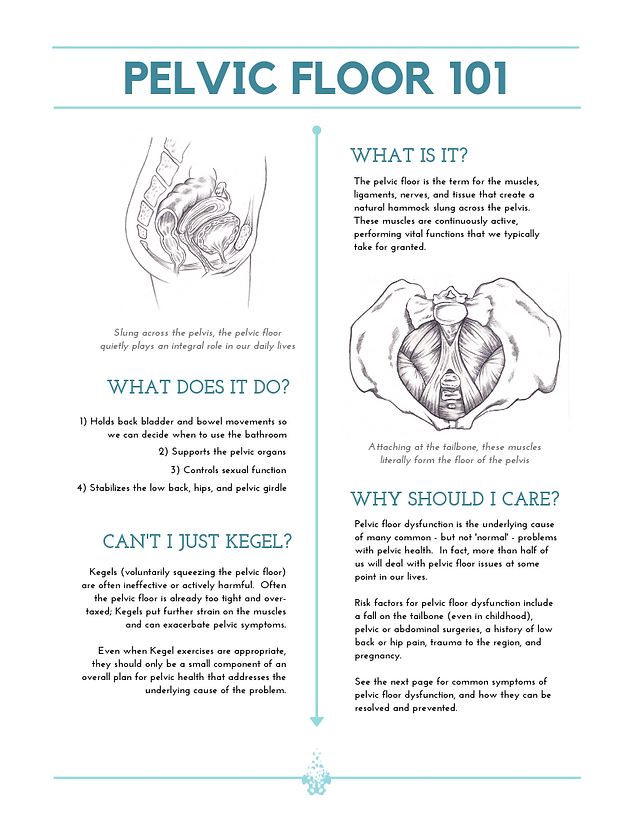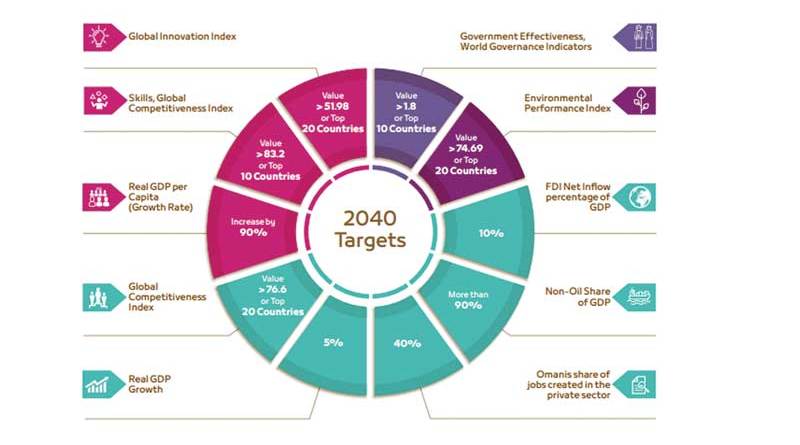How to adapt a child in india
How to Adopt a Child in India
Child adoption is seen as an increasing trend in India and across the world. Most adoptions are either because the parents are not able to have their own kids or because they want to support and give a new lease of life to a child who has been left alone in the world. Earlier considered a taboo in India, adoption is now considered and spoken about freely in the Indian society.
In India, as across many other countries of the World, there are rules and regulations which govern the adoption of a child.
Who is Eligible to Adopt a Child in India?
In India, the adoption process is monitored by Central Adoption Resource Authority (CARA) which is the nodal agency to monitor and regulate in-country and intra-country adoption and is a part of Ministry of women and child care. Following are the basic conditions which need to be satisfied by the adopting parents in order to be eligible to adopt a child:
- A child in India can be adopted by an Indian citizen, NRI or a foreign citizen.
The procedure of adoption is different for all three.
- Any person is eligible to adopt irrespective of their gender or marital status.
- In case a couple is adopting a child, they should have completed at least two years of stable marriage and should have a joint consensus for adoption of the child.
- The age difference between the child and the adoptive parents should not be less than 25 years.
When can A Child be Eligible To Be Adopted?
- As per the guidelines of the Central Government of India, any orphan, abandoned or surrendered child, declared legally free for adoption by the child welfare committee is eligible for adoption.
- A child is said to be an orphan when the child is without a legal parent or a guardian or the parents are not capable of taking care of the child anymore.
- A child is considered abandoned on being deserted or unaccompanied by parents or a guardian and the child welfare committee has declared the child to be abandoned.

- A surrendered child is one who has been relinquished on account of physical, social and emotional factors which are beyond the control of parents or the guardian and is so declared by the child welfare committee.
- In order to be adopted, a child needs to be “legally free”. On receipt of an abandoned child, the District Child Protection Unit puts up an alert with the child’s photograph and details in state-wide newspapers and request the local police to trace the parents. The child is considered legally free for adoption only after the police has given a report stating that the parents of the child are non-traceable.
What are the Normal Conditions to be Fulfilled by Parents?
CARA has defined the eligibility criteria for prospective adoptive parents in order to be able to adopt a child. They are as follows:
- The prospective adoptive parents need to be physically, emotionally and mentally stable.
- They should be financially stable.
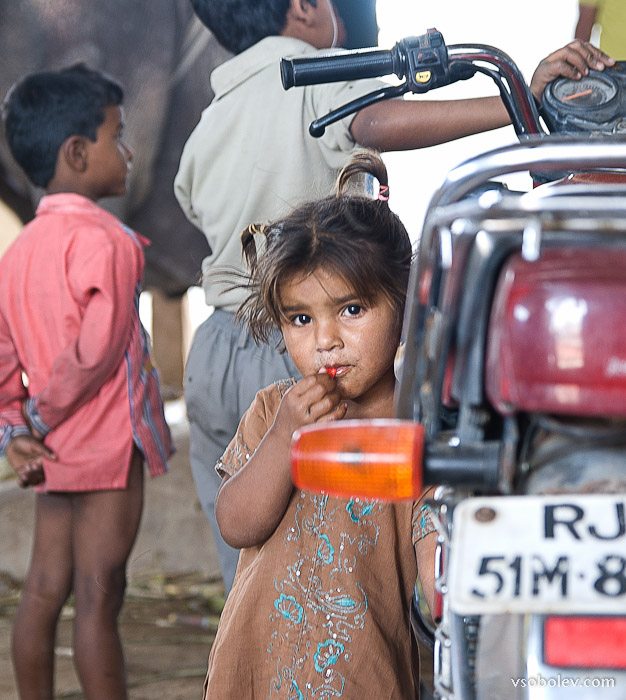
- The prospective parents should not be suffering from any life-threatening diseases.
- Couples with three or more kids are not considered for adoption except in case of special-needs children.
- A single female can adopt a child of any gender. However, a single male is not eligible to adopt a girl child.
- A single parent cannot be more than 55 years of age.
- A couple cannot have a cumulative age of more than 110 years.
- The age of the parents as on date of registration should be as per CARA guidelines in order to be eligible for adoption.
How to Adopt a Child in India?
The adoption process in India is governed by multiple laws and adherence to the same is overseen by the Central Adoption Resource Authority.
The procedure for adoption of a child in India can be understood in the following steps:
Step 1 – Registration
Prospective adoptive parents need to get registered with an authorized agency.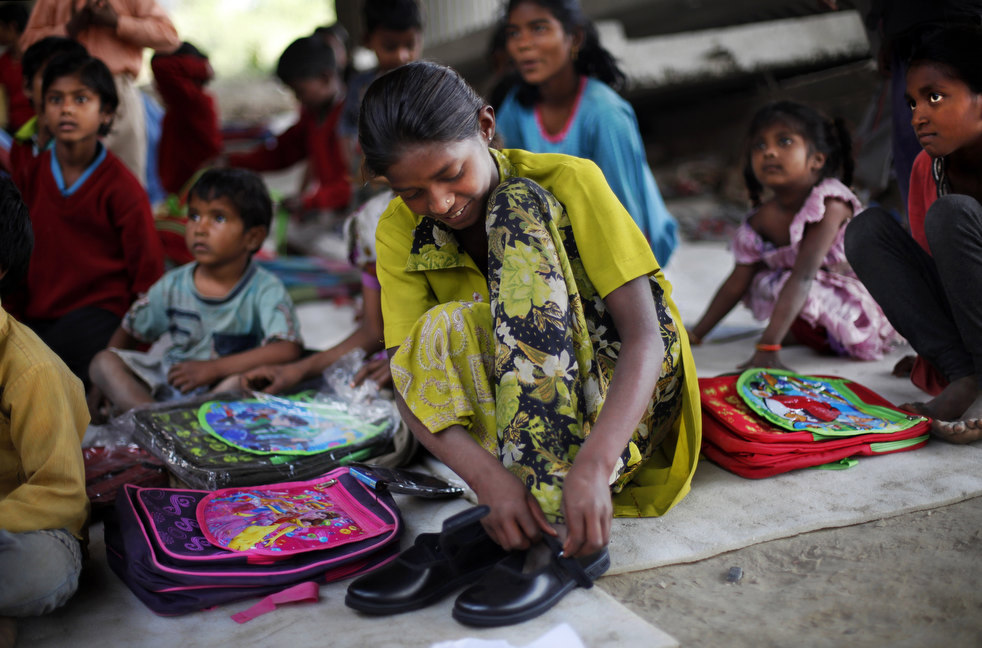 Recognised Indian Placement Agencies (RIPA) and Special Adoption Agency (SPA) are the agencies which are allowed to make such registrations in India. The prospective adoptive parents can visit the Adoption Coordination Agency in their area where the social worker will explain the process and take you through the formalities, paperwork and general preparation required for registration.
Recognised Indian Placement Agencies (RIPA) and Special Adoption Agency (SPA) are the agencies which are allowed to make such registrations in India. The prospective adoptive parents can visit the Adoption Coordination Agency in their area where the social worker will explain the process and take you through the formalities, paperwork and general preparation required for registration.
Step 2 – Home Study and Counseling
A social worker for the registration agency will make a visit to the home of the prospective adoptive parent in order to do a home study. The agency might also need the parents to attend counselling sessions in order to understand the motivation, preparation, strengths and weaknesses of the prospective parents. As per CARA regulation, the home study needs to be completed within 3 months from the date of registration.
The conclusion from the home study and counselling sessions is then reported to the honourable court.
Step 3 – Referral of the Child
The agency shall intimate the interested couple when-ever there is a child ready for adoption. The agency will share medical reports, physical examination reports and other relevant information with the couple and also allow them to spend time with the child once they are comfortable with the details shared.
The agency will share medical reports, physical examination reports and other relevant information with the couple and also allow them to spend time with the child once they are comfortable with the details shared.
Step 4 – Acceptance of the Child
Once the parents are comfortable with a child, they will have to sign a few documents pertaining to acceptance of the child.
Step 5 – Filing of Petition
All necessary documents are submitted to a lawyer who prepares a petition to be presented to the court. Once the petition is ready, the adoptive parents will have to visit the court and sign the petition in front of the court officer.
Step 6 – Pre-Adoption Foster Care
Once the petition is signed in the court, the adoptive parents can take the child to a pre-adoption foster care centre and understand the habits of the child from the nursing staff before taking the child home.
Step 7 – Court Hearing
The parents have to attend a court hearing along with the child.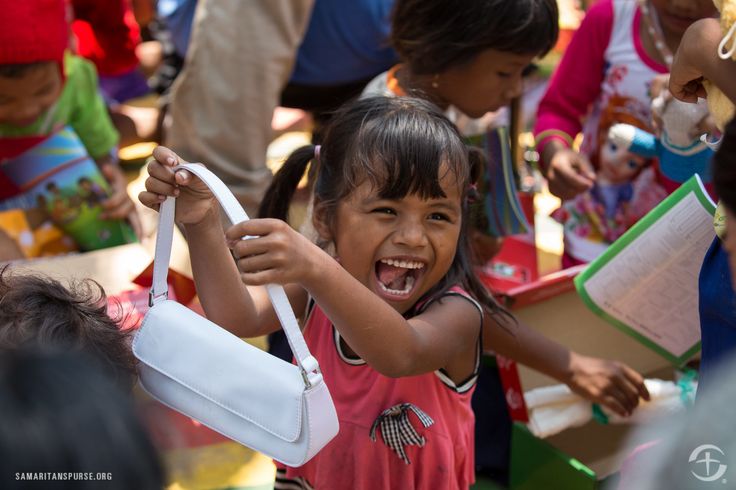 The hearing is held in a closed room with a judge. The judge may ask a few questions and will mention the amount which needs to be invested in the name of the child.
The hearing is held in a closed room with a judge. The judge may ask a few questions and will mention the amount which needs to be invested in the name of the child.
Step 8 – Court Order
Once the receipt of investment made is shown, the judge shall pass the adoption orders.
Step 9: Follow Up
Post completion of the adoption, the agency needs to submit follow up reports to the court on the child’s well-being. This may continue for 1-2 years.
Can Parents Ask for a Specific Child?
The prospective parents cannot ask for the adoption of a specific child, hence if you are only looking for newborn baby adoption it may not completely be possible. However, they can give their preferences, which may include:
- Age
- Gender of the child
- Skin colour
- Health condition (parents can specify if they want to adopt a child with a physical or mental disability)
- Religion
In cases where preferences are specified, it may take more time to match a child of your choice as the conditions will reduce the pool of kids available for adoption.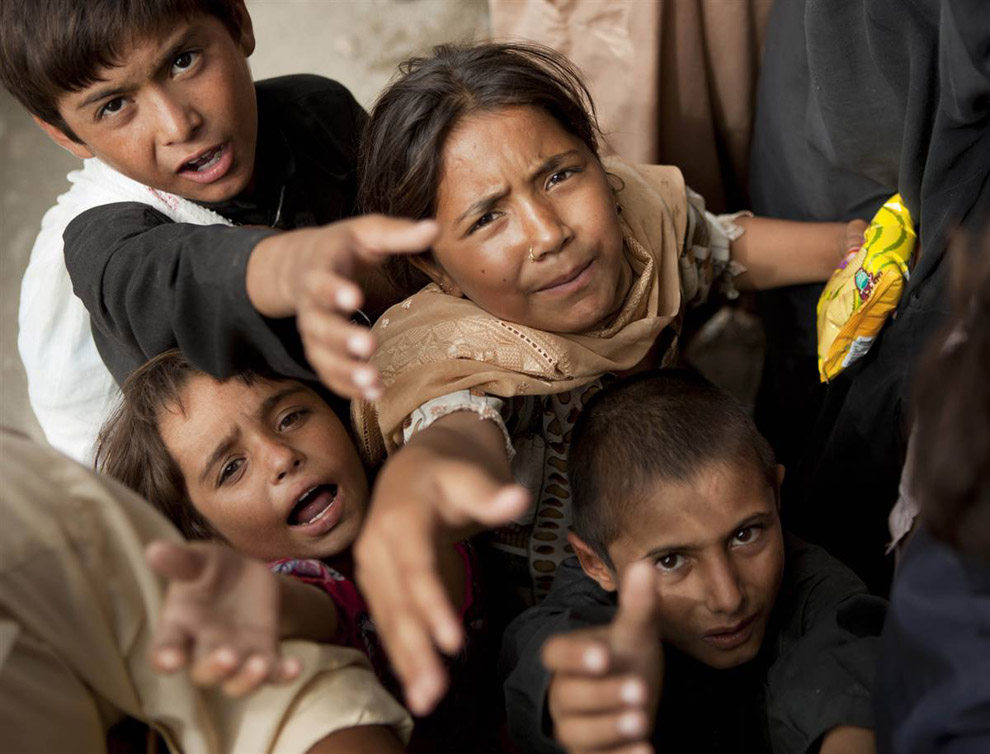
Laws Governing Adoption in India
Adoption law in India is in conjunction with the personal laws of individual religion and therefore, adoption is not allowed as per the personal laws of Muslims, Christians, Parsis and Jews in the country. However, an adoption can be made from an orphanage under the Guardians and Wards Act, 1890, subject to court’s approval. In this case, the adoptive couple are guardians and not parents of the adopted child. Under this Act, Christians can adopt a child only under foster care and the foster child is free to break away all relations from the guardians on becoming a major.
Indian citizens who are Hindus, Jains, Buddhists or Sikhs are allowed to adopt a child formally and the adoption is as per the Hindu Adoption and Maintenance Act, 1956 which was enacted as part of the Hindu code bills.
Adoption of abandoned, surrendered or abused children is governed by the Juvenile Justice (Care and Protection of Children) Act, 2015.
Currently, there is no specific law that governs adoption of kids in India by foreign nationals or NRI’s but the same is governed under Guidelines Governing Adoption of Children, 2015.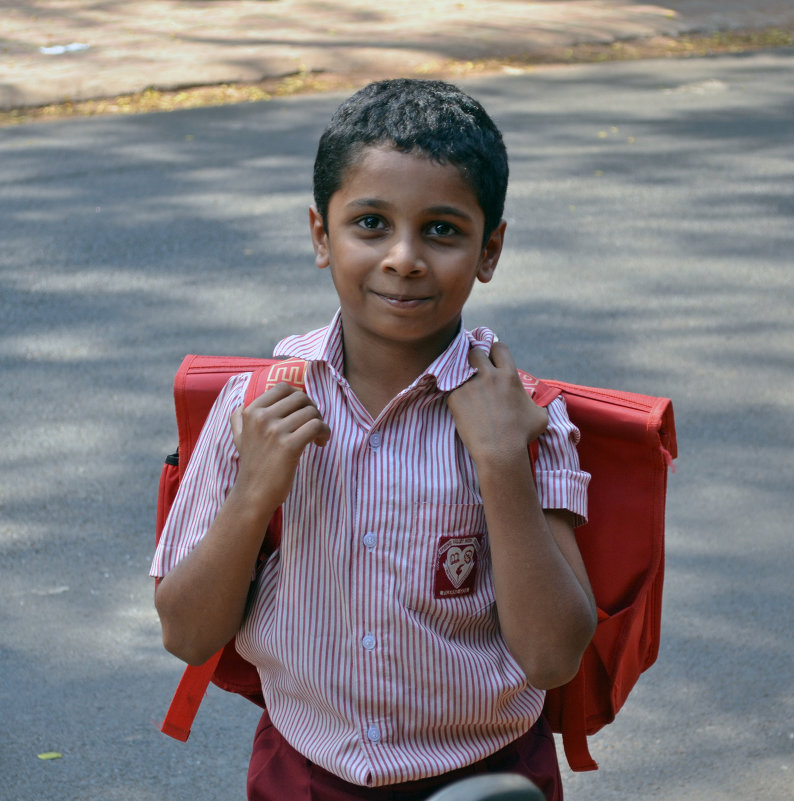 In the absence of any concrete Act for intercountry adoption, the procedures laid down by the Guardians and Wards Act, 1890 are followed.
In the absence of any concrete Act for intercountry adoption, the procedures laid down by the Guardians and Wards Act, 1890 are followed.
What Documents are Required for Adopting a Child?
Following is the list of documents to be prepared for the adoption process:
- Adoption application
- 4 x 6 size photographs – 4 copies of husband and wife together
- Marriage certificate and proof of age
- Reason for adoption
- Latest HIV and Hepatitis B report of the couple
- Income certificate
- Proof of residence
- Investment details
- Reference letter from 3 people
- Any other document which may be required by the agency or the court
Source: Documents Required – CARA
FAQs
1. Do Adoption Procedures in India Differ from One State to Another?
While the adoption laws are common across India, there are certain adoption guidelines and paperwork requirement that may differ for each State.
2. Is There a Minimum Income Needed for the Adoption of a Child?
As per CARA (Central Adoption Resource Authority), you need to have a minimum average income of Rs. 3000 to be able to adopt a child. If you have other assets like a house or a strong support system, a lower income may be considered.
3. Can I Adopt a Child If I Already have a Child?
Yes, you can. However, under the Hindu Adoption and Maintenance Act, you can only adopt a child of the opposite gender to your child. The Guardians and Wards Act and the Juvenile Justice Act, do not have any such diktats. If the child you will be adopting is old enough to express his views on the matter, his opinion will be taken in writing.
4. Where Can One Find the Application Status for Adopting a Child?
While there is no central database to track applications, you can always keep in touch with the ACA for the status of your application.
5. How to Determine the Health of the Child Shown to Me?
You have the right to take the child for a general check-up to determine his overall health.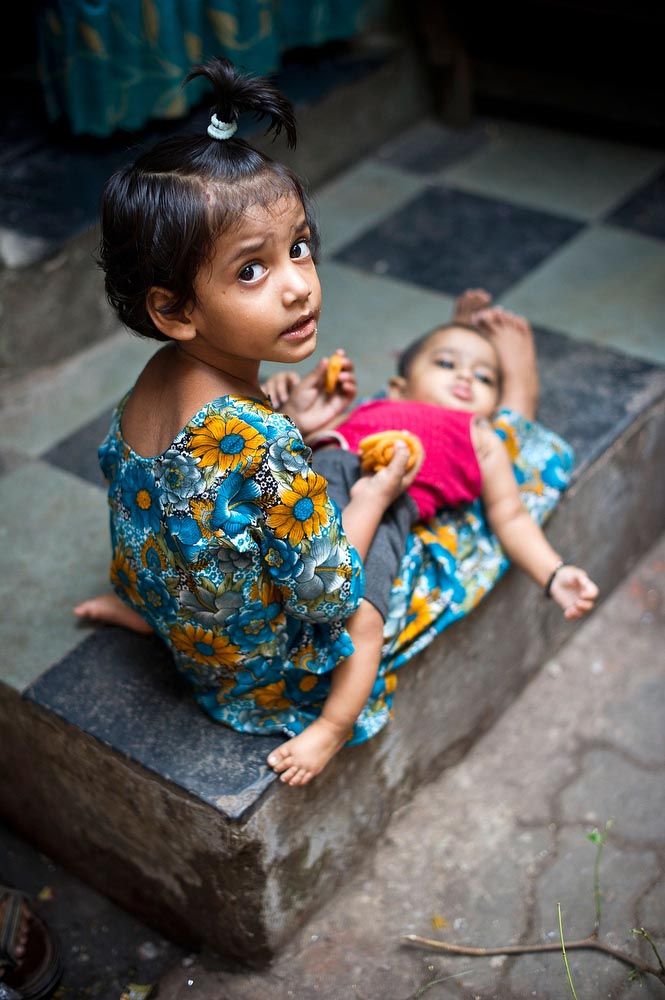 However, invasive tests should be done only if there is an indication of a serious medical condition.
However, invasive tests should be done only if there is an indication of a serious medical condition.
Also Read:
How to Become a Good Foster Parent
6 Types of Adoptions in India
Most Common Parenting Issues
India Adoption - Process, Costs, Adoption Agencies
As the second most populous country in the world with over 1.2 billion people, there are many children in India waiting for find their forever families.
India Adoption Quick Facts
- Hague Convention Country: Yes
- Central Adoption Authority: Central Adoption Resource Authority (CARA)
- Average Time to Complete an Adoption: 2-4 years
- Average Cost for Adoption: $30,000-$40,000
- Average yearly U.S. Adoptions: 100-150
Who Can Adopt in India?
In order to adopt in India, you must meet the eligibility requirements of India and the Hague Adoption Convention.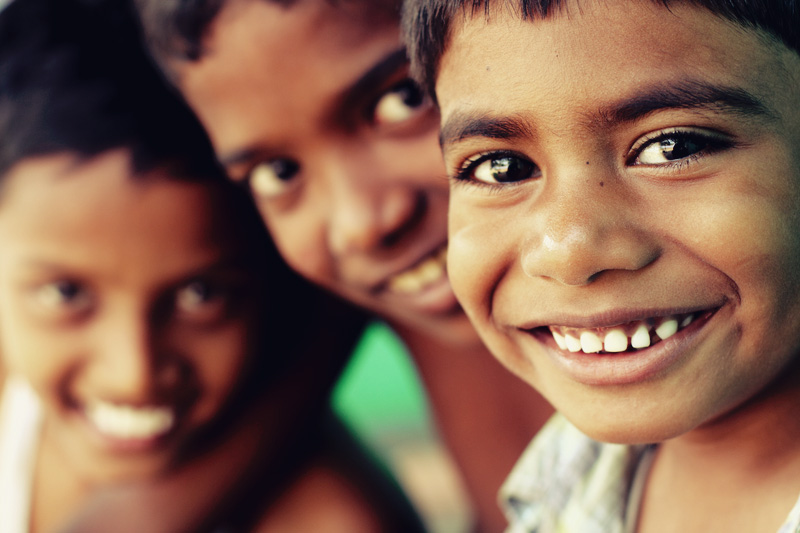 Below, you will find the criteria for parents who want to adopt in India.
Below, you will find the criteria for parents who want to adopt in India.
Age
Parents must be at least 25 years old and no older than 45 if they are adopting a child under four.
If the child is between four and eight, the parents must be at least 29 and no older than 50 years old, with a combined age of no more than 100 years.
If the child is over eight years old, parent must be at least 33 and no more than 55, with a combined age of no more than 110 years. These requirements may be waived in special circumstances.
Gender
A single male is not permitted to adopt a female child.
Health
Parents must be in good health and have no disease, mental condition, or physical condition that would prevent them from providing proper care to a child.
Marital Status
If married, couples must be married for at least two years before they can adopt in India. Same-sex couples are prohibited from adopting.
Employment
Parents must meet the CARA definition of financial capability. Speak to an adoption professional for details on financial requirements.
Speak to an adoption professional for details on financial requirements.
Number of Children
Adoptive families must have fewer than four children in order to adopt a child in India.
Who Can be Adopted in India?
Because India is party to the Hague Adoption Convention, a child must meet the Convention’s requirements for an eligible child as well as the following requirements in India:
- The child has been determined to be free for adoption by a Child Welfare Committee (CWC)
- The child is 18 years of age or younger (Note: In most cases, the child must be under 16 at the time parents apply to adopt the child, according to the Hague Convention)
India also strongly encourages keeping sibling groups together. If you are interested in adopting a Tibetan child, you will need to consult the Indian Ministry of External Affairs instead of CARA.
India Adoption Process
In addition to meeting the Hague Convention guidelines, you must follow the adoption process in compliance with Indian law.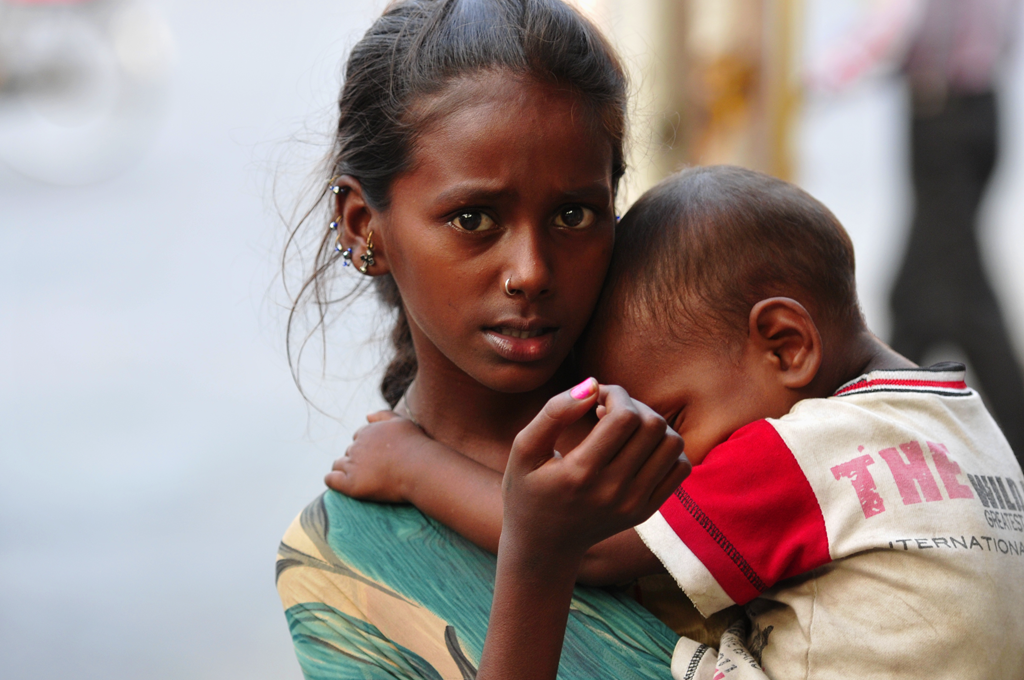 Read the sections below to learn how to adopt in India.
Read the sections below to learn how to adopt in India.
How long does it take to adopt from India?
For most families, the adoption process takes between two and four years. The largest contributing factor to the adoption process in India is the wait for a child referral. Parents can potentially reduce their wait times by being open to special needs adoptions or adopting a boy.
How Do I Find an Adoption Professional?
Your adoption agency must be enlisted with CARA and Hague-accredited as per the Universal Accreditation Act. See some of the agencies listed below to learn more about who can help your with your India adoption:
- Holt International
- America World Adoption
- Children’s House International
- Faith International Adoptions
- International Family Services
How Do I Become Eligible for Adoption?
First, you must apply to U.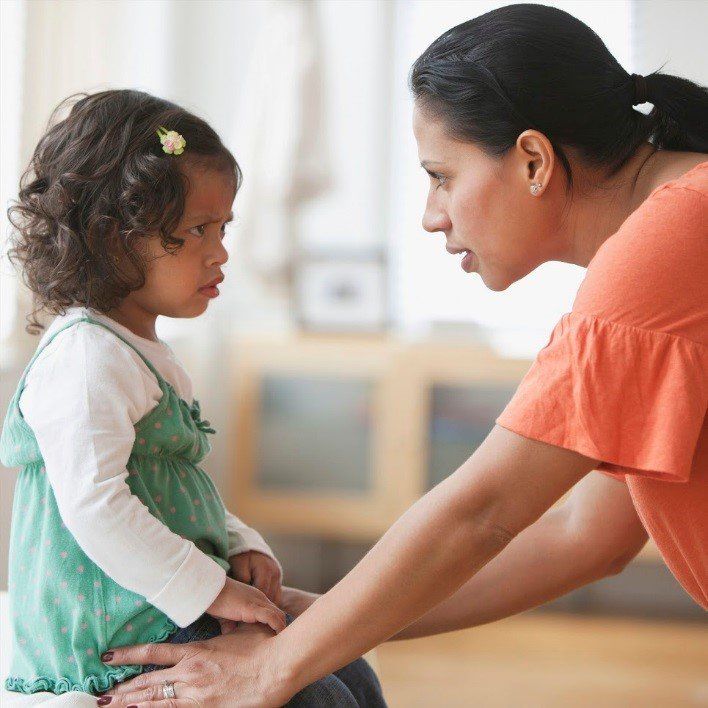 S. Citizenship and Immigration Services (USCIS) to be approved by the United States to adopt. If you are adopting from a Hague Convention country such as India, you will do this by filling out Form I-800A. You will also need to include a home study, fingerprints, and a background check. Once USCIS has approved your information, it will be sent on to CARA for approval in India.
S. Citizenship and Immigration Services (USCIS) to be approved by the United States to adopt. If you are adopting from a Hague Convention country such as India, you will do this by filling out Form I-800A. You will also need to include a home study, fingerprints, and a background check. Once USCIS has approved your information, it will be sent on to CARA for approval in India.
Once you have been deemed eligible to adopt by both countries, you will begin the wait for a referral. On average, this will take from six to eighteen months.
What Do I Do Once I Receive a Referral?
CARA will contact your adoption service provider with a proposed match, to which you must reply within 96 hours. If you feel that you are unable to provide for the needs of a particular child, you may decline a referral. If you accept the referral, your adoption professional will contact the central authority in India.
Once you accept a referral, the next step is to apply again to USCIS, this time for your child’s immigration eligibility.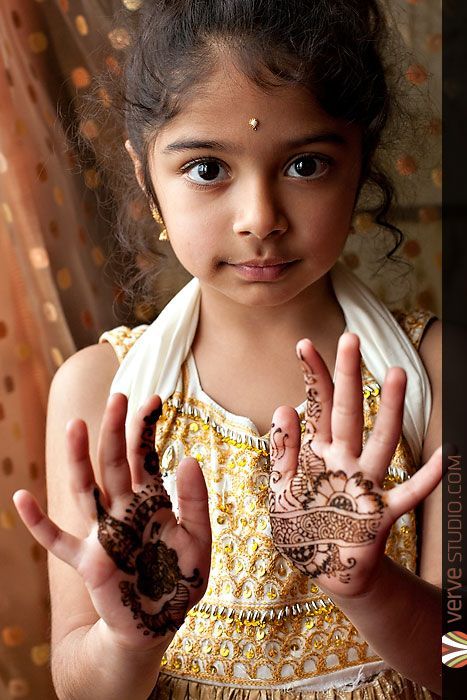 To do this, you will send them the Form I-800, which USCIS will use to make sure the child meets the definition of a Hague Convention adoptee.
To do this, you will send them the Form I-800, which USCIS will use to make sure the child meets the definition of a Hague Convention adoptee.
Next, you must submit an immigrant visa application to India’s central authority, who will approve the application if all requirements are met. The time between getting a referral and gaining the necessary approval is usually around seven to eleven months, after which time you will be ready to travel and meet your child.
How Do I Complete the Adoption?
After you have completed the above steps, you will be ready to travel to India to adopt your child. Usually, only one trip is required and typically lasts two to four weeks. During this time, you will finalize your child’s adoption and wait for approval on any outstanding documents.
Before you return home, you will need to apply for a U.S. birth certificate and Indian passport for your child. You will also need to attend a visa interview with the U.S. Embassy to finalize your visa application. When you have received all of the above documents for your child, you will be ready to return home and begin life as a family.
When you have received all of the above documents for your child, you will be ready to return home and begin life as a family.
Financing Your India Adoption
The average total cost of adoption in India is between $30,000 and $40,000, although some families to pay significantly more or less. This will include expenses such as:
- Adoption agency fees
- Foreign program fees
- Travel expenses
- Home study costs
- Documentation and application fees
- Third party costs
These expenses are paid not all at once, but over the course of the adoption journey. Many agencies and independent organizations offer loans and grants to help families achieve their dreams of adoption. If you have questions about financial aid, consult an adoption professional.
India Adoption Travel Tips
While you travel in India, it is important to know what to expect so you can prepare for your big trip. In addition to practicing general safety, here are just a few suggestions to help you in your travels:
- If you are near the Indian coastline, take caution when getting in or near the water, and look for any warnings that may be posted.
 The water at the coastline has a strong and potentially dangerous undertow, and lifeguards are scarce.
The water at the coastline has a strong and potentially dangerous undertow, and lifeguards are scarce. - India offers opportunities for wildlife safaris. If you choose to participate in one, always keep a safe distance from animals and do some research to determine if guides are trained and licensed.
- Travelers with disabilities may have trouble in some areas, as accessibility is limited in many areas. If you need travel accommodations with accessibility modifications, the Dehli metro system is the most reliable option.
U.S. Embassy in India
Whenever you travel abroad, you should have the U.S. Embassy contact information on hand in the event of an emergency. Below, you can find how to contact the U.S. Embassy in New Dehli:
Address: Shantipath, Chanakyapuri, New Delhi – 110021, India
Phone #: +(91) (11) 2419-8000
Email: [email protected]
| From http://www.
The text seemed so... human to me. They were sick, they traveled a little, they were worried that the child was hard to get used to ... They were fine, but there was also anxiety. Not enchantingly enthusiastic, but such can even be closer and more understandable. We arrived in South India in October 2009 when our son was 1 year and 8 months old and left in June 2010 when he was 2 years and 4 months old - 8 months had passed. In the south of India we lived in one place renting a house for 7 months - this was our "base". From there, we periodically went on short trips for 2-6 days, exploring the state of Kerala and the neighboring state of Tamil Nadu. Once we went for 2 weeks to Sri Lanka. We spent the last month of May in the North of India, stopping briefly in different places - Nagar, Vashisht, Manikaran, Manali. I remember carefully studying the rare reports of parents on trips to India with children when we were preparing for the trip, and how I lacked information. Health. If you have any medical problem that you feel you can't handle on your own, you should contact your pediatrician. There is no need to be afraid of Indian doctors - most of them received classical medical education in Russia, Europe or the USA, and besides, they are well versed in the Indian pharmaceutical market and know about the peculiarities of the course and treatment of a particular disease in this particular area. In any children's hospital for a ridiculous fee (from 30 to 100 rupees), a doctor will examine your child and give recommendations (for this, of course, you need spoken English, at least very primitive). We went to a children's doctor in Cochin (heavy cough, caught a cold because of the air conditioner), in Varkala (red spots on the feet - it turned out to be an allergy), in Manali (scaly spots on the skin - some kind of fungus). During the 8 months of our stay in India, we encountered the following medical problems: 1. At the very beginning, there was severe sweating due to the heat - this is inflamed sebaceous glands all over the body from habit, and the child is covered with a small red rash or red spots . We used the powder + washed it well several times a day with a washcloth, rubbed it straight - so that the sebaceous glands opened up and uncorked. By the way, they brought their powder to Russia in vain - it was in any pharmacy and any supermarket, called "baby powder". It all went away in a week and never came back. 2. Once an insect bite site became inflamed: there was swollen red skin, it was clear that the inflammation was increasing every day - apparently, he scratched it, and some kind of infection got in. 3. Twice I had a severe prolonged cough with fever, which we successfully treated with a short course of antibiotics (7 days) on the recommendation of doctors. Absolutely in both cases, the cause of the disease was the air conditioner after the heat. 4. We brought microsporia from Russia, a lichen that you get from animals. The medicine was advised by a familiar dermatologist from Russia, which we found without any problems, knowing the Latin name of the active substance, in the first Indian pharmacy that came across and cured in 2 weeks. 5. Several times (4-5) there was a disorder of the stool in the form of diarrhea - we were helped without fail by "Enteros-gel", which we always and everywhere carry with us (it is not available in India, it must be brought from Russia). 6. In the third month of life in India, at some point, red spots appeared on the feet - the doctor said that it was an allergy and recommended waiting a week, observing and giving an antihistamine. The medicine was not given, they waited a week - everything passed. 7. At the end of the trip, a few peeling spots appeared on the skin, which we, on the advice of a doctor, cured with clotrimazole (there was some kind of fungus). Everywhere we tried to take with us small jars of sanitizer - a disinfectant liquid-gel, which allows us and the child to quickly wash our hands anywhere without water. But you can’t keep track of the child, often he grabbed something with unwashed hands in various places. I think that we were just lucky that he did not get sick with anything serious. But we never took risks - freshly squeezed juices were given only in reliable and trusted places, water only from a bottle. I tried to wash fruits and vegetables not just with water, but by adding a little Detol soap - it kills all bacteria from the surface. The soap smells disgusting, but I was so calm for us and the child. It didn't always work, but I tried. That's all our medical problems. Our peers in Russia (the children of my friends and acquaintances) fell ill during this time much more often and longer, some of them “did not get out” of their illnesses for several months. Mostly it was the flu, SARS, prolonged cough, runny nose. Upon arrival in Russia, we will definitely go to our pediatrician for an examination and I want to check the child for various intestinal parasites, so that I know that everything is fine with this case. About vaccinations - we have one single vaccination - against tuberculosis - BCG, which is given at birth. home. We refused all other vaccinations. If you are not vaccinated according to the schedule, I would advise you to still get your child vaccinated against polio before traveling to India. If Russia is considered a zone already free from this disease, then in India there are a lot of cripples who suffered from polio (and apparently were not treated at all), and they look terrible, they are very sorry. Every time I saw such people, my heart sank, and I regretted a hundred times that we did not vaccinate our son against polio. They thought to make it in India, but here they still use an oral vaccine (OPV), which is not considered safe enough, like the one that is vaccinated in Russia (IPV). First aid kit. We brought from Russia to India a huge first aid kit for a child and for adults, and all this turned out to be completely useless, since everything could be bought at local pharmacies, and many times cheaper, with the exception of the following medicines: nosh-pa, enteros-gel, citramon (it is also very cheap in Russia), antihistamines (against allergies) - fenistil gel and drops for a child, claritin or analogues for an adult). Some expensive antibiotics that we brought with us (Augmentin for a child and digital proxacin for adults), and all other medicines - cough syrup, nose drops, clotrimazole, cold remedies - everything was available in local pharmacies. Sometimes, when we needed some medicine that we knew in Russia, we looked on the Internet for the name of its main active ingredient, and asked in an Indian pharmacy, we always found what we needed. Nutrition. When we ate in the house we rented - there were no problems at all - we had a kitchen where we cooked everything ourselves, what if in Russia. In tourist places there were always decent restaurants, which had a lot of European food, and Indian dishes were moderately spicy, sometimes the child even liked it. When we traveled to non-tourist places - there was always something on the menu that you could order for a child - thermally processed and not spicy. In extreme cases, you could order something very simple, but your own, which is not on the menu - for example, boiled potatoes and carrots + ordinary rice, which is always available on the menu. Again, a variety of bread cakes. It will be more difficult with meat and fish - of course, it will be difficult to order such food to be cooked in your own way. In general, we never had any problems with food - nowhere on the road the child never went hungry - there was always something tasty and not harmful with which to feed him. About the features of food in transport during the road, I wrote below. Transport. In India, we moved on all modes of transport that are available there: in planes, trains, buses, taxis, rickshaws, scooters and motorcycles. We chose trains 2 AC and 3 AC, it was easier for us to travel with a child this way - spacious, cool, few people around. In addition, in such cars in each compartment there is electricity and on long trips we took a laptop with us in order to sometimes play cartoons or audio fairy tales for the child, or view family photos - he loved this business very much. In the first four types of transport I have listed, air conditioning often works (about a bus - if it is a long-distance Volvo, of course, and not a simple regular one). Therefore, you need to take warm clothes for the child with you on the road and immediately change his clothes in the car before he has time to overcool. It gets really cold, so that's an important point. We were inattentive to this several times, and each time it ended in a bad cold. We carried the child on a scooter and a motorcycle, dressing (either me or my husband) in an Ergo Baby sling backpack - the most comfortable thing that was invented from slings and backpacks. I say this with complete knowledge of the matter. The longest trip we did on a motorcycle with small stops for "drinking coconut juice, stretching, pissing, eating" lasted 6 hours - to Kanyakumari from Varkala. We also planned a motorcycle trip from Varkala to Munar, with an overnight stay and rest in Cochin. In general, we did not experience any problems with any type of transport. For a child, especially a boy, traveling by plane and train is very interesting and informative. Food in transport. In airplanes on domestic flights, they are most often fed with rolls and Coca-Cola, and on trains with all kinds of fried and fatty foods - all this, of course, is harmful for a child (as well as for an adult, of course), so it’s better to take care of food yourself. Classes for the child in transport. It's a good idea to take some activities for the child into the transport, if there is a long road ahead. We often took plasticine, felt-tip pens and paper, some small and light toys with which you can do something, an inflatable ball, soap bubbles were our hit. Ideally, if you manage to stock up on the road with something new that the child has not yet seen - for him it will be positive emotions, and he will be guaranteed to be busy for some time. Above, I already wrote that in trains, in AC cars (as well as in hotel rooms), you can turn on a laptop. Interaction with Indians. Hindus are a very sociable, open, friendly and kind-hearted people, they show great interest in foreigners and, of course, in their children. On the one hand, it's nice if you come for a short time. In our case, we are very tired of the increased attention to the white child, expressed in the desire of the Indians to constantly: 1) talk to him, approximately every time like this: “Hello baby, how are you? What is your name? ten times a day. 2) touch his face, and sometimes not just touch, but pinch 3) pick him up 4) take pictures of him This happened when we left Varkala somewhere, and especially to places where there are not very many tourists, for example, in some cities of Tamil Nadu and almost everywhere in North India. In India, touching a child's face or pinching his cheek is the same as patting his head. Indians often do it on the go, without even stopping, and it was impossible to somehow control it - sometimes you just don’t have time to stop someone’s hand. Even when our son was in our backpack, in front or behind, this did not stop the Indians, and they reached out to touch the white baby's face. When the son was already older, at the end of our trip, he constantly said: “But I don’t want to be touched,” and shied away from all the Indians who tried to enter into some kind of interaction with him. Over time, all this attention began to annoy me very much, although at first I was very friendly and patient, treated with understanding. But for 8 months it is terribly tired!!! In the end, we lived in Manikaran, a completely non-tourist place, and sometimes my son refused to leave the room for a walk. After all, it never occurs to anyone, and you can't explain to these people that before them and after them, more than a dozen people still touch the child, that they are not the only ones who are so attracted to do this. I want to clarify that I would not mind if my son took this calmly, but such actions made him uncomfortable. In addition, there was not always time and desire, and in the end it was completely gone, to stop and answer questions and take pictures with all the many people who wanted to. Tired of attention. Looks like I've exaggerated a bit. But it was a certain problem for us, so I described it as it is. But there were also many pleasant and good interactions, when they simply extended a hand for a shake, or winked and just smiled, or joined his game or activities and started playing with him - he immediately picked up this contact and played together with pleasure . There were many Indians who managed to interact wonderfully with him, if only they showed tact and respected his boundaries, and not just wanted to cuddle and take a photo. Communication with other children. For us, a big problem throughout the trip was the lack of peers with whom the child could play. If at the beginning of the trip this need was not so pronounced for him, then by the age of 2 and rapidly after the onset of this age, the child was very homesick for the children's society, reaching out to all the Indian children he saw around. In the city where we lived for 7 months, there were white kids around us, but they were several years older than him, and he was not very into their games and was often an outsider, from which he suffered a lot. Only when I got older, the contact turned out, but it was already April, and the children soon left. For several months we were friends with a boy who was three years old. My son asked me to play with him every day, he was very attached to him, constantly talking about him. There were no white children in North India at all, and he was very attracted to the two sons of the owner of our guest house, in which we lived for some time. In GOA, of course, there will be no such problems - there are a lot of children of all ages. Games and toys in India. I naively thought that I would buy a lot for my son in India, and I took the bare minimum of our games and toys from Russia, which I later regretted. With toys in India, there is a full guard (I think that in big cities there should still be children's stores with normal educational games). We have not been to big metropolitan cities, so we were not lucky. Everywhere you look - everywhere on the shelves there are solid Chinese low-grade disposable tasteless and stupid toys that fall apart in your hands even before you leave the cash register. How much money we spent in 8 months on these one-day pieces of colored plastic is hard to even imagine. Child's perception of travel. We noticed that every time we left home for short trips (3-7 days), and once to Sri Lanka for 10 days, it was stressful for the baby. At this age, it is very important for children to have a permanent well-known place in which they are well oriented, where everything is familiar and predictable. Therefore, we reduced our long trips anywhere from home to "no", and went to Northern India at the end of April, when it was already unbearably hot in the south. In North India, we moved three places of residence in a month, which was not well received by our child. It was in May, when we had already left home completely, and lived in guest houses for a whole month, he periodically asked us questions about each new one: “Is this our house? Is this our room? Is the house empty? And who lives here in this house? ”, Which spoke of his anxiety on this matter and some internal embarrassment. Our perception of travel. We are immensely and infinitely happy that we had such an opportunity to live 8 months of our life in this way. We are grateful to this amazing, unique country for everything - for its cultural, architectural and spiritual wealth, for meetings with different people that it gave us, for experience, for fabulous nature - words cannot cover everything. If we were just the two of us with my husband, without a child, we would certainly not be based in one place for 7 months, but would move freely around the country and visit many more cities and places. When we lived in a house near the sea, and led a predictable and measured life, the child felt great. Benefits of traveling to India for our child: 1. Fresh fruits, vegetables, seafood in large quantities for 8 months; 2. Sun and heat; 3. Sea; 4. Lots of bright colors and greenery around; 5. Friendly and smiling people around; 6. Our constant parental presence in a child's life. Cons of traveling to India for our child: 1. Lack of communication with peers; 2. Lack of communication with close relatives, which, in my opinion, is very important in the life of a small child, especially considering that we have a very large, strong and friendly family, and are alive (Thank God, and God bless Them!) two great-grandfathers and three great-grandmothers of the son. 3. The lack of variety in children's books in Russian, which we have read to holes. Can't think of any more cons. Such is our experience! I want to repeat once again that we are very pleased with our trip to India and everything that happened to us there. I wrote about this in my blog, especially at the beginning of the trip. It may seem that this topic describes too many problems and not enough positive. But the purpose of this essay of mine is to share practical experience with parents who are going to travel to India with young children, and I tried to write practical advice, short and to the point. Therefore, there is little romance and all sorts of emotions, but, believe me, there are a lot of them! There are other topics reserved for them! Thanks to everyone who mastered and read this opus | |
Goa (India) with a child. Photo report - Kindergarten and child
For the second year in winter we travel with a child to India (Goa) , thereby extending the summer for ourselves and our son. The average air temperature is + 28 (up to +36), water is + 26. A variety of fruits and vegetables, a warm ocean make staying in India with a child useful and enjoyable. We are planning a trip for 1-3 months, I do not recommend traveling for a shorter period. An adaptation period of at least 2 weeks, as well as a therapeutic effect can be obtained by living in Goa with a child for at least a month.
The average air temperature is + 28 (up to +36), water is + 26. A variety of fruits and vegetables, a warm ocean make staying in India with a child useful and enjoyable. We are planning a trip for 1-3 months, I do not recommend traveling for a shorter period. An adaptation period of at least 2 weeks, as well as a therapeutic effect can be obtained by living in Goa with a child for at least a month.
Warm Indian Ocean (Arabian Sea).
Thanks to daily trips to the sea, my son learned to swim and dive.
Simple water park in Goa. Our son was delighted.
India is not an easy country, and in order to feel good there and live the season successfully, you need to have minimal experience or at least be informationally prepared.
The basic rules for visiting Goa with a child are as follows:
1. Under no circumstances should you drink tap water or other sources of water. Use only bottled water for food. Later, you can start cooking soup, etc. with tap water, but with care. The water supply in the state of Goa is considered cleaner than in the rest of India.
Use only bottled water for food. Later, you can start cooking soup, etc. with tap water, but with care. The water supply in the state of Goa is considered cleaner than in the rest of India.
2. Maintain basic personal hygiene. Wash your child's and yourself's hands as often as possible. Do not eat unwashed fruits and vegetables. Start brushing your teeth with bottled water, after 1-2 weeks you can use tap water.
3. If a child has an abrasion or cut, the wound must be immediately treated and sealed. At least for the first 1-2 days. Don't swim. If you feel that an inflammatory process has begun, buy an antibiotic powder at a local pharmacy and treat the wound with it. In India, the infection settles on wounds very quickly and, as a result, they heal for a long time.
4. Protect your head and skin from the sun for the first two weeks. Use creams and panama hats. After the acclimatization period, the body will get used to it and sun protection can be weakened.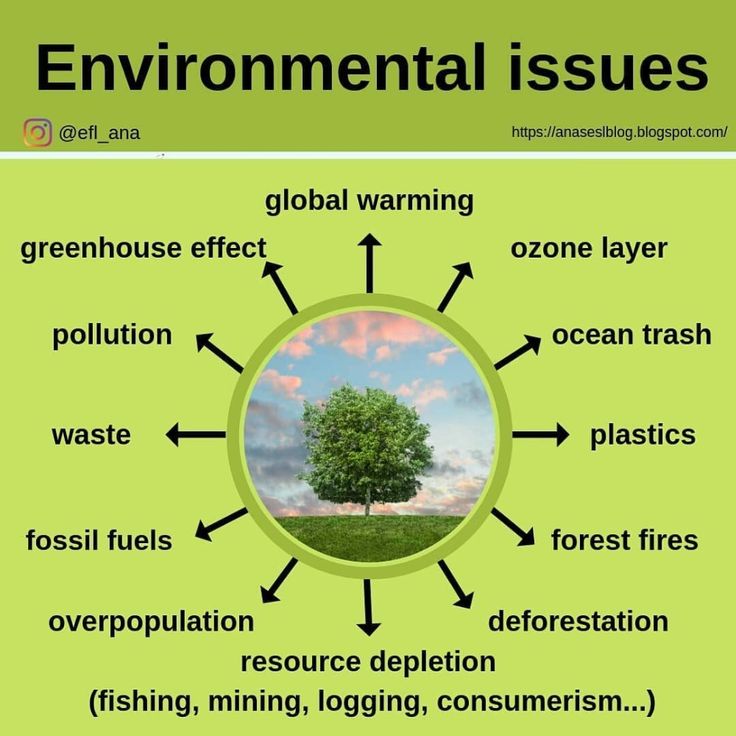
5. Keep your child away from mosquitoes. Every day at sunset and dawn for 30 minutes - an hour, mosquitoes come out to hunt. They bite actively. Bring your own or buy mosquito repellent spray from your local shop.
6. Drink fresh juices in reputable places . “Often in restaurants, juices are diluted with tap water,” a doctor from a private clinic in Goa told me.
7. Upon arrival, do not lean on exotic fruits and spicy Indian cuisine. If possible, cook at home, at least in the first days. Nutritionists recommend trying no more than one type of exotic fruits and vegetables per day. Don't worry, in two weeks your digestive system will get used to all the goodies in India.
Papaya. Very tasty fruit, sold in Goa in abundance. I recommend letting her lie down at home for 2-3 days, until the skin becomes completely soft and yellow.
8. There are no playgrounds or any amusement parks in Goa for children.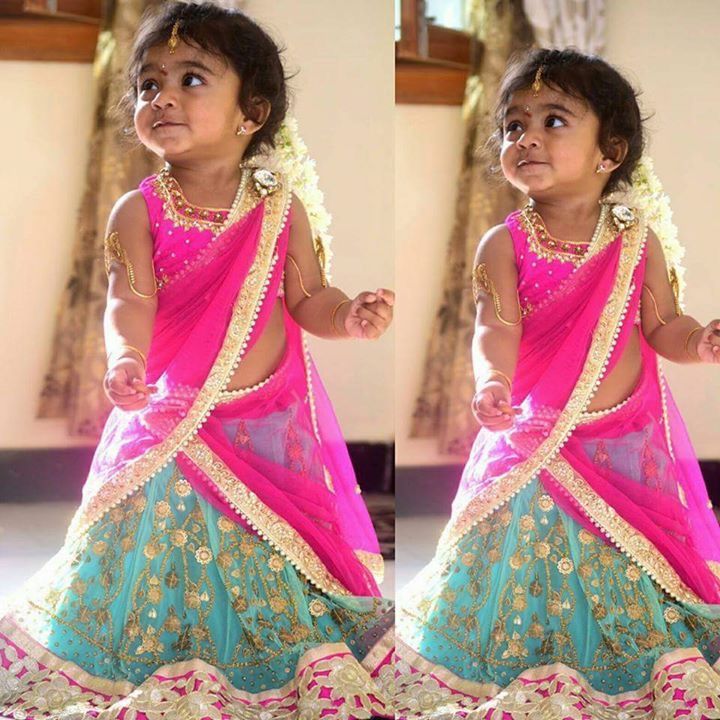
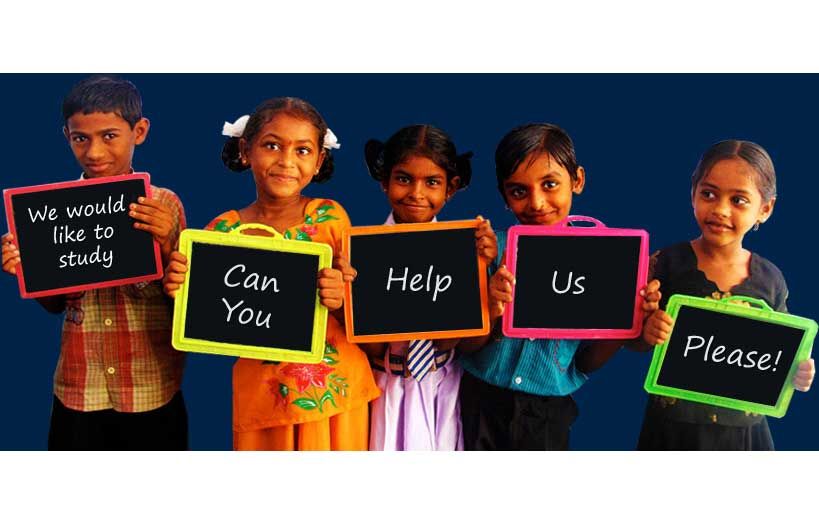 indostan.ru/blog/117_0.html, the link - more blog posts written during the stay in India.
indostan.ru/blog/117_0.html, the link - more blog posts written during the stay in India.  Therefore, I want to share my experience, and I will be happy to answer any questions about traveling to India with a child. If I don't write about something - ask - I will answer!
Therefore, I want to share my experience, and I will be happy to answer any questions about traveling to India with a child. If I don't write about something - ask - I will answer! 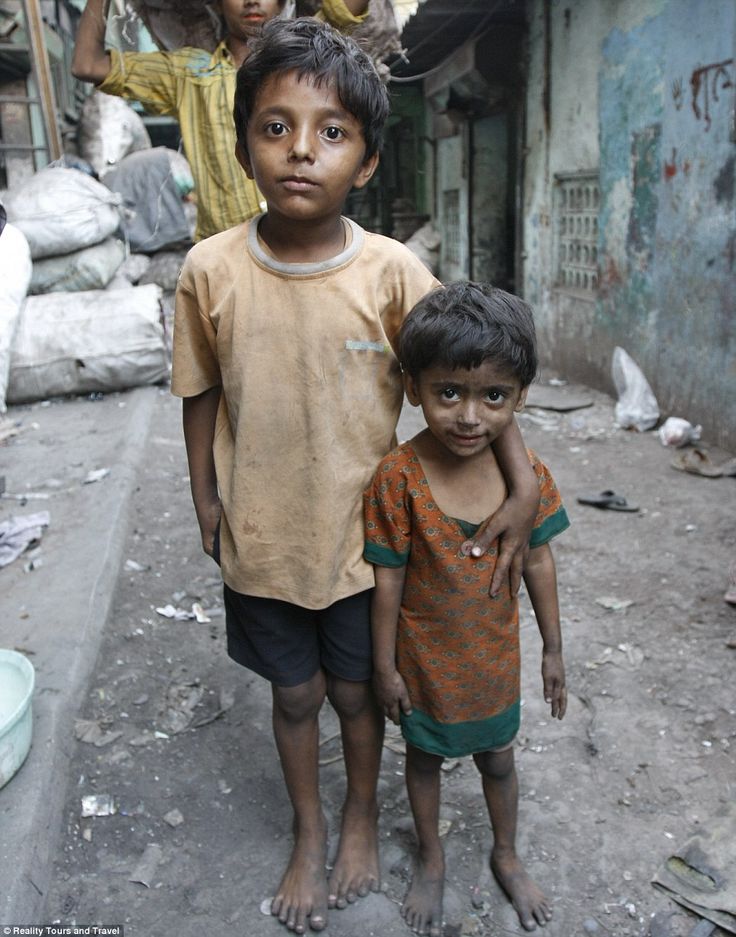 Each time they were competent doctors and their recommendations fully justified themselves. Once I took my sister, who was visiting me from America, to a general practitioner who helped her in a way that American doctors could not help for several years (she had problems with her intestines and skin).
Each time they were competent doctors and their recommendations fully justified themselves. Once I took my sister, who was visiting me from America, to a general practitioner who helped her in a way that American doctors could not help for several years (she had problems with her intestines and skin). 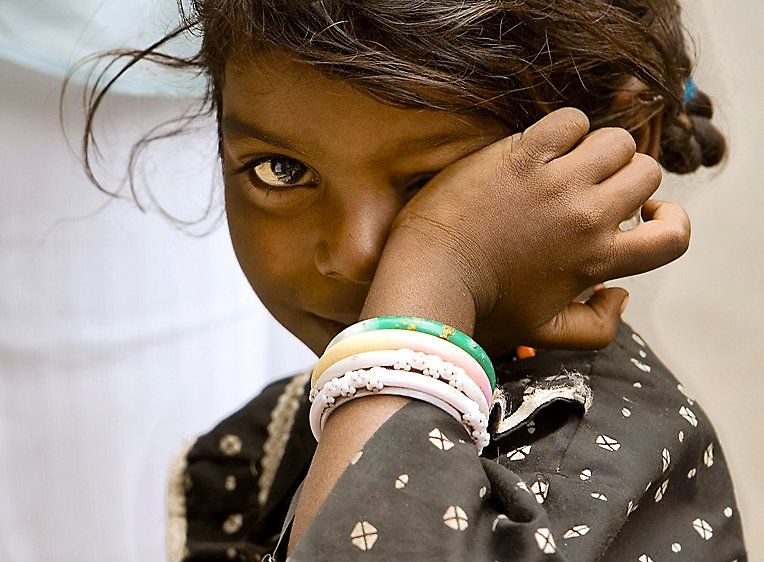 In this case, we turned to an Ayurvedic doctor, who advised a plant (it grew in my own garden), which I had to grind in a mortar and smear the swollen place. In two days (!!!) the inflammation disappeared right before our eyes.
In this case, we turned to an Ayurvedic doctor, who advised a plant (it grew in my own garden), which I had to grind in a mortar and smear the swollen place. In two days (!!!) the inflammation disappeared right before our eyes.  For adults, it is also an excellent absorbent, it has helped us and our friends many times. In 1-2 days, the chair is restored, if, of course, it is not an infectious disease, but poisoning. Once within 4 days the chair did not recover, and a temperature appeared. We were far from a place where we could take our son to the doctor or take tests in the laboratory, and we decided to start antibiotic therapy. On the third day of taking antibiotics, the stool was completely adjusted, appetite appeared, everything returned to normal. We ended the five-day course anyway. That is, the treatment took 5 days.
For adults, it is also an excellent absorbent, it has helped us and our friends many times. In 1-2 days, the chair is restored, if, of course, it is not an infectious disease, but poisoning. Once within 4 days the chair did not recover, and a temperature appeared. We were far from a place where we could take our son to the doctor or take tests in the laboratory, and we decided to start antibiotic therapy. On the third day of taking antibiotics, the stool was completely adjusted, appetite appeared, everything returned to normal. We ended the five-day course anyway. That is, the treatment took 5 days. 

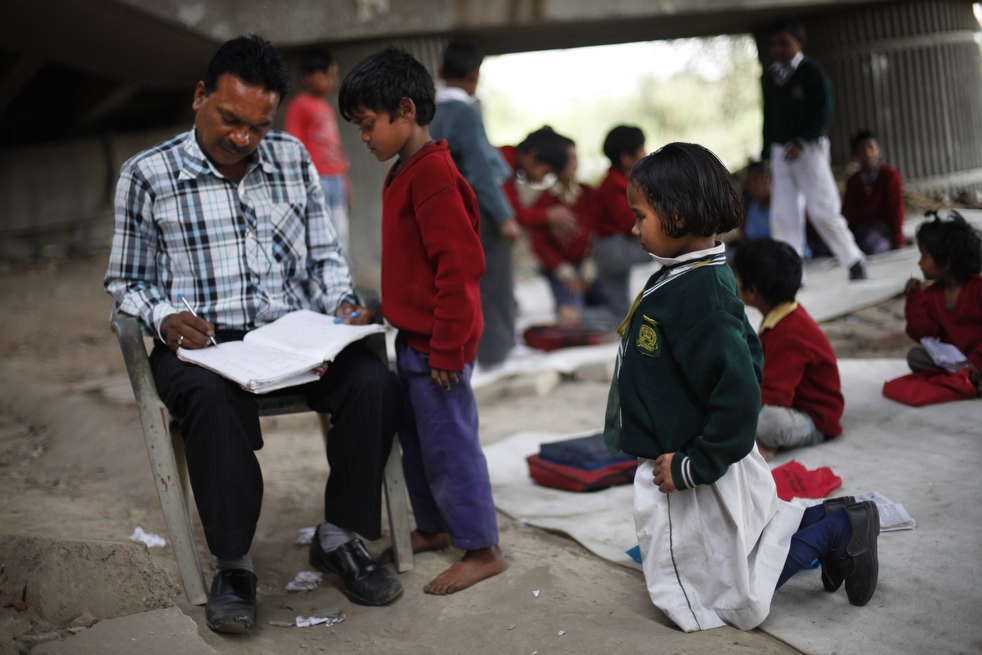
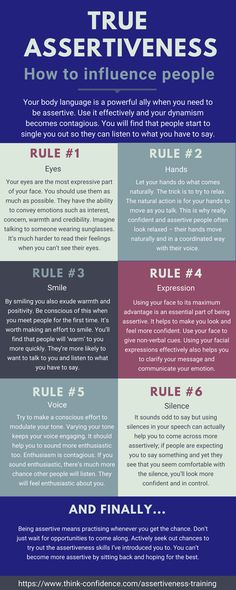 They stewed and boiled vegetables, cooked cereals - oatmeal, semolina and many more interesting local cereals were on sale. Seafood, eggs, all kinds of legumes - different types of lentils, Turkish peas, curd (kefir), delicious natural milk, a huge amount of fruit. They themselves made paneer (home-made cottage cheese cheese) at home. There was a lack of black bread, sour cream and various cheeses.
They stewed and boiled vegetables, cooked cereals - oatmeal, semolina and many more interesting local cereals were on sale. Seafood, eggs, all kinds of legumes - different types of lentils, Turkish peas, curd (kefir), delicious natural milk, a huge amount of fruit. They themselves made paneer (home-made cottage cheese cheese) at home. There was a lack of black bread, sour cream and various cheeses. 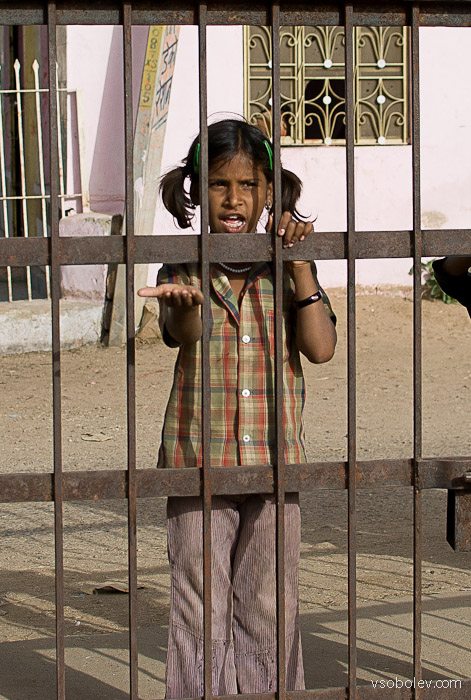 We also tried to take oatmeal with us, which can always be poured with hot water, and cut fruit into it, as well as muesli. They were very fond of drinking juice and eating the pulp of coconuts - in southern India they are sold everywhere on the streets. Healthy, satisfying and tasty. It is even recommended to tourists as a means of adapting the intestines to local nutrition.
We also tried to take oatmeal with us, which can always be poured with hot water, and cut fruit into it, as well as muesli. They were very fond of drinking juice and eating the pulp of coconuts - in southern India they are sold everywhere on the streets. Healthy, satisfying and tasty. It is even recommended to tourists as a means of adapting the intestines to local nutrition.  It was also possible to read books in electronic form, both for the child and for us.
It was also possible to read books in electronic form, both for the child and for us.  All together about 350 km. (I know people who made such a journey with a child on a motorcycle, as well as those who managed to come from GOA to Kerala with a baby on a motorcycle). We got to Cochin in 4 hours, stayed at the guesthouse until the next day, but the child got sick because of the air conditioner in the room, which we foolishly turned on at full capacity (because we were tired from the road and didn’t think well). In Cochin, therefore, we were stuck for 6 days - treated, and then returned back to Varkala. We then visited Munar, but not by motorcycle, but by car.
All together about 350 km. (I know people who made such a journey with a child on a motorcycle, as well as those who managed to come from GOA to Kerala with a baby on a motorcycle). We got to Cochin in 4 hours, stayed at the guesthouse until the next day, but the child got sick because of the air conditioner in the room, which we foolishly turned on at full capacity (because we were tired from the road and didn’t think well). In Cochin, therefore, we were stuck for 6 days - treated, and then returned back to Varkala. We then visited Munar, but not by motorcycle, but by car.  We took instant cereals (we were brought guests from Russia), muesli, which could be eaten as cookies, vegetables that could be eaten without cooking, fruits. It was possible to gnaw on carrots, tomatoes, cucumbers, apples, bananas. From food on the train and plane, we gave our son bread cakes - chapati, roti, parantha or rice. Bought unsweetened crackers. Bottled water is sold always and everywhere, this has never been a problem.
We took instant cereals (we were brought guests from Russia), muesli, which could be eaten as cookies, vegetables that could be eaten without cooking, fruits. It was possible to gnaw on carrots, tomatoes, cucumbers, apples, bananas. From food on the train and plane, we gave our son bread cakes - chapati, roti, parantha or rice. Bought unsweetened crackers. Bottled water is sold always and everywhere, this has never been a problem. 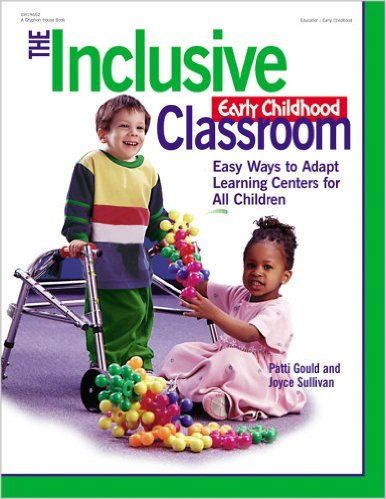 We tried not to abuse cartoons, but often put on audio fairy tales that we uploaded in advance via the Internet. And in transport, it always helps a lot to pass the road by inventing or retelling all sorts of stories and fairy tales to the child. For our son, the phrase: “Let me tell you a story” has a magical effect.
We tried not to abuse cartoons, but often put on audio fairy tales that we uploaded in advance via the Internet. And in transport, it always helps a lot to pass the road by inventing or retelling all sorts of stories and fairy tales to the child. For our son, the phrase: “Let me tell you a story” has a magical effect.  In general, in Kerala, the inhabitants were somehow more restrained. In GOA, it seems to me, too.
In general, in Kerala, the inhabitants were somehow more restrained. In GOA, it seems to me, too.  Every day, hundreds of Indian pilgrims and tourists come here, and the child was at the very epicenter of attention. He came up with the idea of making fingers with a pistol, and when someone approached him with the next: “Hi, baby!” he asked me: “Mom, can I shoot my aunt (uncle)?” and, having received my approval, he began to say: “Tysh-tysh-tysh” and pretend to shoot. It was his childish and touching way to protect himself and express his attitude to what was happening. And for me, the words: "Please don't touch him" became just some kind of automatic mantra, which I began to repeat every day with any suspicious movement of the Indians towards the child. In the end, we fled from there to Manali for the last 5 days. And there they just rested in this regard!
Every day, hundreds of Indian pilgrims and tourists come here, and the child was at the very epicenter of attention. He came up with the idea of making fingers with a pistol, and when someone approached him with the next: “Hi, baby!” he asked me: “Mom, can I shoot my aunt (uncle)?” and, having received my approval, he began to say: “Tysh-tysh-tysh” and pretend to shoot. It was his childish and touching way to protect himself and express his attitude to what was happening. And for me, the words: "Please don't touch him" became just some kind of automatic mantra, which I began to repeat every day with any suspicious movement of the Indians towards the child. In the end, we fled from there to Manali for the last 5 days. And there they just rested in this regard!  I understand that Indian culture is very tactile, so to speak, the concept of personal boundaries does not exist at all, it is customary here to touch children by the face, pick them up, but some brakes in relation to carriers of other cultures still would not hurt Indians .
I understand that Indian culture is very tactile, so to speak, the concept of personal boundaries does not exist at all, it is customary here to touch children by the face, pick them up, but some brakes in relation to carriers of other cultures still would not hurt Indians . 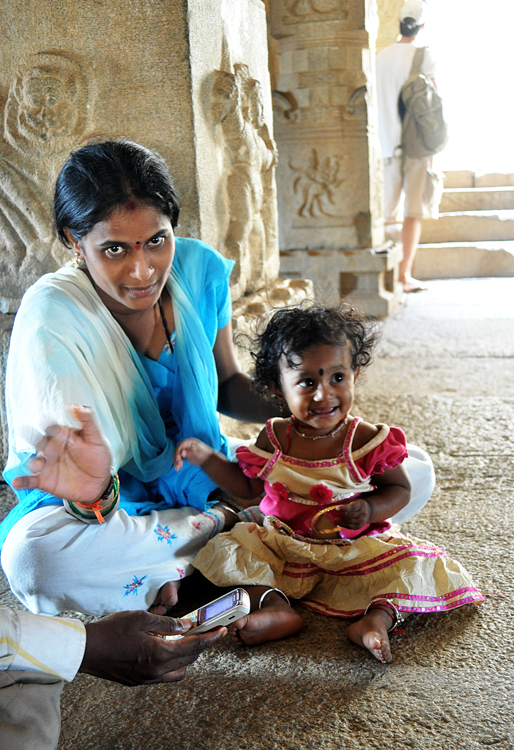
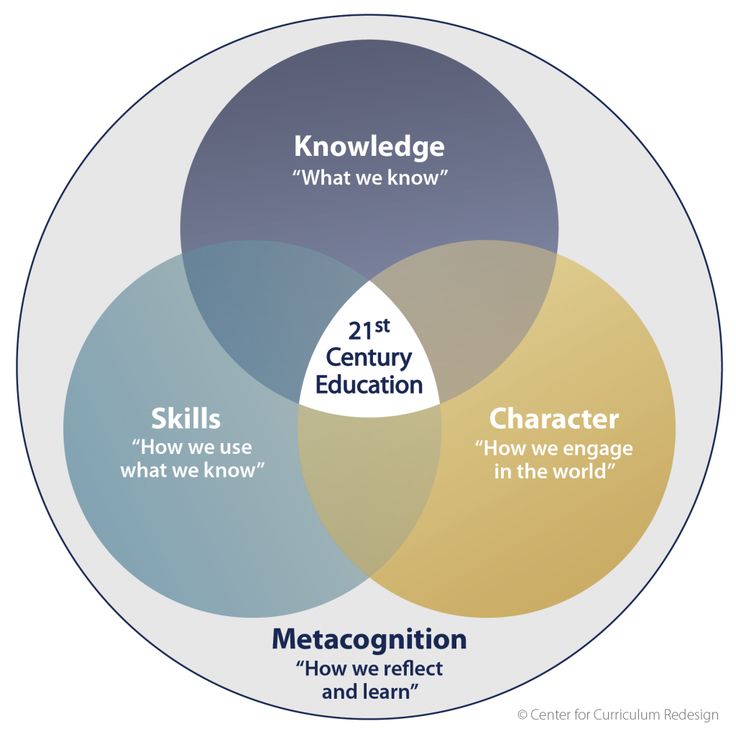 They were 8 and 9 years old, very nice boys. They came to our room and played with him. Martin adored them and harassed my husband and me every day when the boys came home from school. They communicated and played without language - just non-verbally understanding each other.
They were 8 and 9 years old, very nice boys. They came to our room and played with him. Martin adored them and harassed my husband and me every day when the boys came home from school. They communicated and played without language - just non-verbally understanding each other.  Thanks to our guests - all of them brought puzzles, mosaics, cubes, books from Russia according to our order. We came across a good selection of children's games in a supermarket in Cochin, but they were all designed for children 4 years old and above. Hence the moral: if you are not going to a metropolis and not to GOA (it seems to me that it should also be better there with toy games) and you are going for a long time, you should take care of some educational games and activities and bring them from Russia for the growth of the child. Our friends, who lived not far from us with three children, brought almost a suitcase of entertainment for children, and we came to visit them as if for a holiday.
Thanks to our guests - all of them brought puzzles, mosaics, cubes, books from Russia according to our order. We came across a good selection of children's games in a supermarket in Cochin, but they were all designed for children 4 years old and above. Hence the moral: if you are not going to a metropolis and not to GOA (it seems to me that it should also be better there with toy games) and you are going for a long time, you should take care of some educational games and activities and bring them from Russia for the growth of the child. Our friends, who lived not far from us with three children, brought almost a suitcase of entertainment for children, and we came to visit them as if for a holiday.  This gives them a sense of security, stability and reliability, as well as control over what is happening around them. Everything that we, adult travelers, so selflessly run away from, is as necessary as air for small children. I understand this both as a child psychologist and as a traveling mother who has learned everything by experience. It turned out like this for us - we leave for a short trip with one little man - calm, flexible, with a good regimen and appetite, cheerful and contented, and we arrive with a whiny, demanding, restless, overexcited. It took about a week for the son to return to normal. For him, such a kaleidoscopic change of places and impressions was not necessary and not interesting, as we adults are. He often wanted to just sit quietly and do something calmly. For example, on the territory of the temple complex in the city of Trichy, a lot of sand was poured in some place in the open air - restoration work was underway. The son happily ran and sat down in the sand and began to play with it.
This gives them a sense of security, stability and reliability, as well as control over what is happening around them. Everything that we, adult travelers, so selflessly run away from, is as necessary as air for small children. I understand this both as a child psychologist and as a traveling mother who has learned everything by experience. It turned out like this for us - we leave for a short trip with one little man - calm, flexible, with a good regimen and appetite, cheerful and contented, and we arrive with a whiny, demanding, restless, overexcited. It took about a week for the son to return to normal. For him, such a kaleidoscopic change of places and impressions was not necessary and not interesting, as we adults are. He often wanted to just sit quietly and do something calmly. For example, on the territory of the temple complex in the city of Trichy, a lot of sand was poured in some place in the open air - restoration work was underway. The son happily ran and sat down in the sand and began to play with it.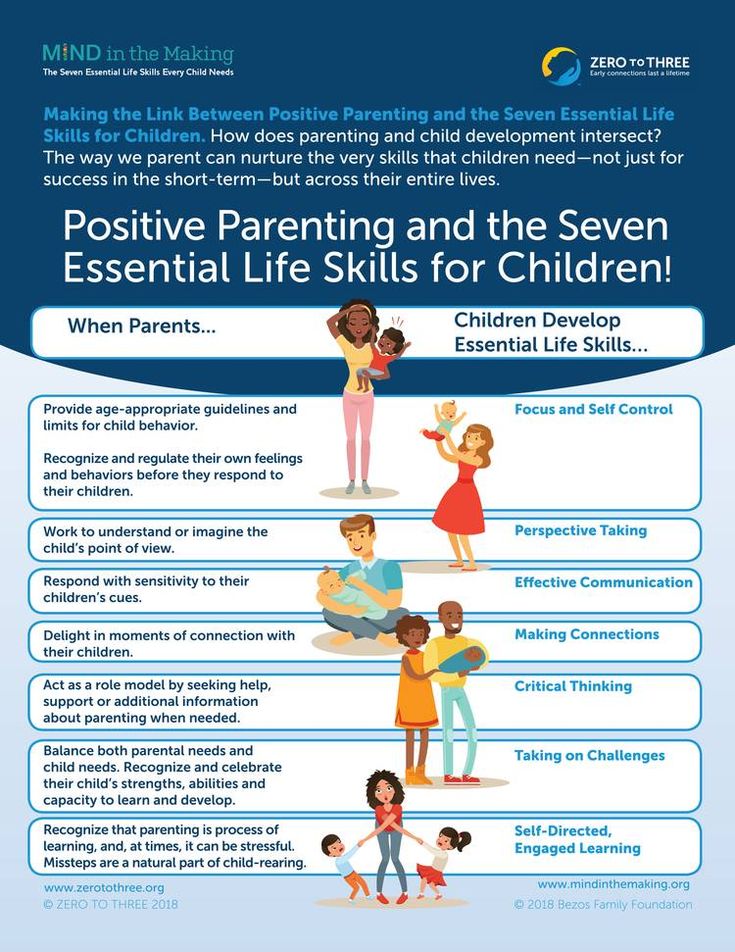 It was clear that he needed nothing else in the world, no elephants and no halls and columns - just sit and play in the sand. We had to wait, and even an hour later we carried him with difficulty and with tears from this heap. During trips, we always tried to find some places where it was possible, so that he could run there, play, move for his own pleasure. In many cities, we came across playgrounds (in Cochin, Trivandrum, in Manali, in Kandy in Sri Lanka. In some cities there were parks and squares. But in general, it was still hard for him on the road, and when he , he stabilized and calmed down before our eyes, entered into the usual rhythm and way of life.0008
It was clear that he needed nothing else in the world, no elephants and no halls and columns - just sit and play in the sand. We had to wait, and even an hour later we carried him with difficulty and with tears from this heap. During trips, we always tried to find some places where it was possible, so that he could run there, play, move for his own pleasure. In many cities, we came across playgrounds (in Cochin, Trivandrum, in Manali, in Kandy in Sri Lanka. In some cities there were parks and squares. But in general, it was still hard for him on the road, and when he , he stabilized and calmed down before our eyes, entered into the usual rhythm and way of life.0008  To tell the truth, at the end of the trip, I began to dream about life in our city St. Petersburg apartment, about how he would have his own children's room, his own world, his permanent friends, some kind of children's development centers, where he could be brought to classes . These fantasies were especially actualized for me when we traveled around northern India for the last month and stopped at different guest houses, and we no longer had the feeling that somewhere there is a “home where you can always return.”
To tell the truth, at the end of the trip, I began to dream about life in our city St. Petersburg apartment, about how he would have his own children's room, his own world, his permanent friends, some kind of children's development centers, where he could be brought to classes . These fantasies were especially actualized for me when we traveled around northern India for the last month and stopped at different guest houses, and we no longer had the feeling that somewhere there is a “home where you can always return.”  The presence of a baby constantly dictated its conditions. All the time I had to think about him, about his comfort, health and safety, because of this it was often impossible to relax, “be in the flow”, meditate in some places where I really wanted to do it. It was not possible to visit some hard-to-reach or too crowded places. It was not possible to travel as much as we would like when we found ourselves in a new place, as the child was sometimes overworked, and we returned to put him to bed or just rest. It happened that we had to interrupt some interesting trips and return home when we saw that it was already very difficult for him. For example, we had a trip to Madurai, then we spontaneously went to Trichy, then to Thanjavur, then we really wanted to go to Kumbakan, and we were very close to him, but we made a decision and returned home, because the child was already exhausted, according to him this was seen.
The presence of a baby constantly dictated its conditions. All the time I had to think about him, about his comfort, health and safety, because of this it was often impossible to relax, “be in the flow”, meditate in some places where I really wanted to do it. It was not possible to visit some hard-to-reach or too crowded places. It was not possible to travel as much as we would like when we found ourselves in a new place, as the child was sometimes overworked, and we returned to put him to bed or just rest. It happened that we had to interrupt some interesting trips and return home when we saw that it was already very difficult for him. For example, we had a trip to Madurai, then we spontaneously went to Trichy, then to Thanjavur, then we really wanted to go to Kumbakan, and we were very close to him, but we made a decision and returned home, because the child was already exhausted, according to him this was seen. 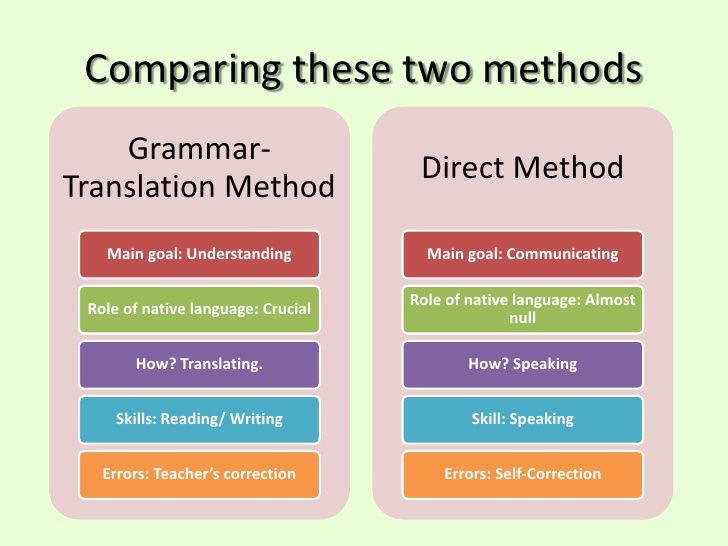 He had at his disposal a large area of the house and the area around the house, on which he could move freely, his books and toys, we spent a lot of time on the coast, we had our own rituals and some established traditions of spending time - and this was all best suited for the mental health of young children.
He had at his disposal a large area of the house and the area around the house, on which he could move freely, his books and toys, we spent a lot of time on the coast, we had our own rituals and some established traditions of spending time - and this was all best suited for the mental health of young children. 